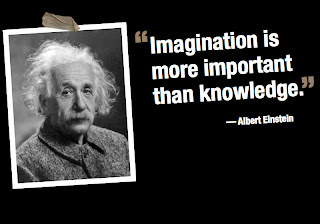 On today's episode, we will look at how to find good photos online. This is something that I've covered a few times in the past, but it's important. In one of my first posts I highlighted the great list over at Presentation Zen, that gives links to several places to find photos online.
On today's episode, we will look at how to find good photos online. This is something that I've covered a few times in the past, but it's important. In one of my first posts I highlighted the great list over at Presentation Zen, that gives links to several places to find photos online.The problem is that it can be very difficult to find the right image for what you are trying to communicate. Just opening up Google Images to search is fine, but if you just type in 'Jesus' you are likely to have a hard time narrowing it down to the point you want to make.
In this case, using some good communication principles can be very helpful. The principles will help you to weed out the bad images and focus in on the good images.
1. Visual communication adds to your presentation. The adding can be emotional or informational, but your best bet is to stick to the emotional side of things. The important thing here is that your image should say the same thing as your words, but in a different way. Maybe your words are a exegeting the text - your image can be a metaphor for your point. Ask yourself: what image will add emotion to the point that I'm trying to make?
2. Images should dwell in the cognitive gap that lies between the speed of speaking and the speed of thinking. Images need to offer people something to think about while you are speaking that will point them back to what you are saying. In the past people dealt with this gap by taking notes or reading the bible passage in question, but now very few people do that. It's important to not distract with an image - if you do, then they will think about something other than your sermon. Ask yourself: where is my point coming from and where is it going? You can use images to get people thinking toward your next point.
3. Less is more. Often I'm tempted to try and do too much with my pictures. I want to illustrate every point and highlight every nuance of the sermon. But if I do that I end up overloading the church and overworking myself. Too much information will lead to poor communication just as too little will. I typically have three to five images in my sermon. Sometimes I will use a blank slide in between to bring the focus back to what I'm saying. Ask yourself: what are the most important points in my sermon?
I know this doesn't make it simple to find the perfect image, but with these principles you can do a much better job of communicating the message with power and imagination.

No comments:
Post a Comment